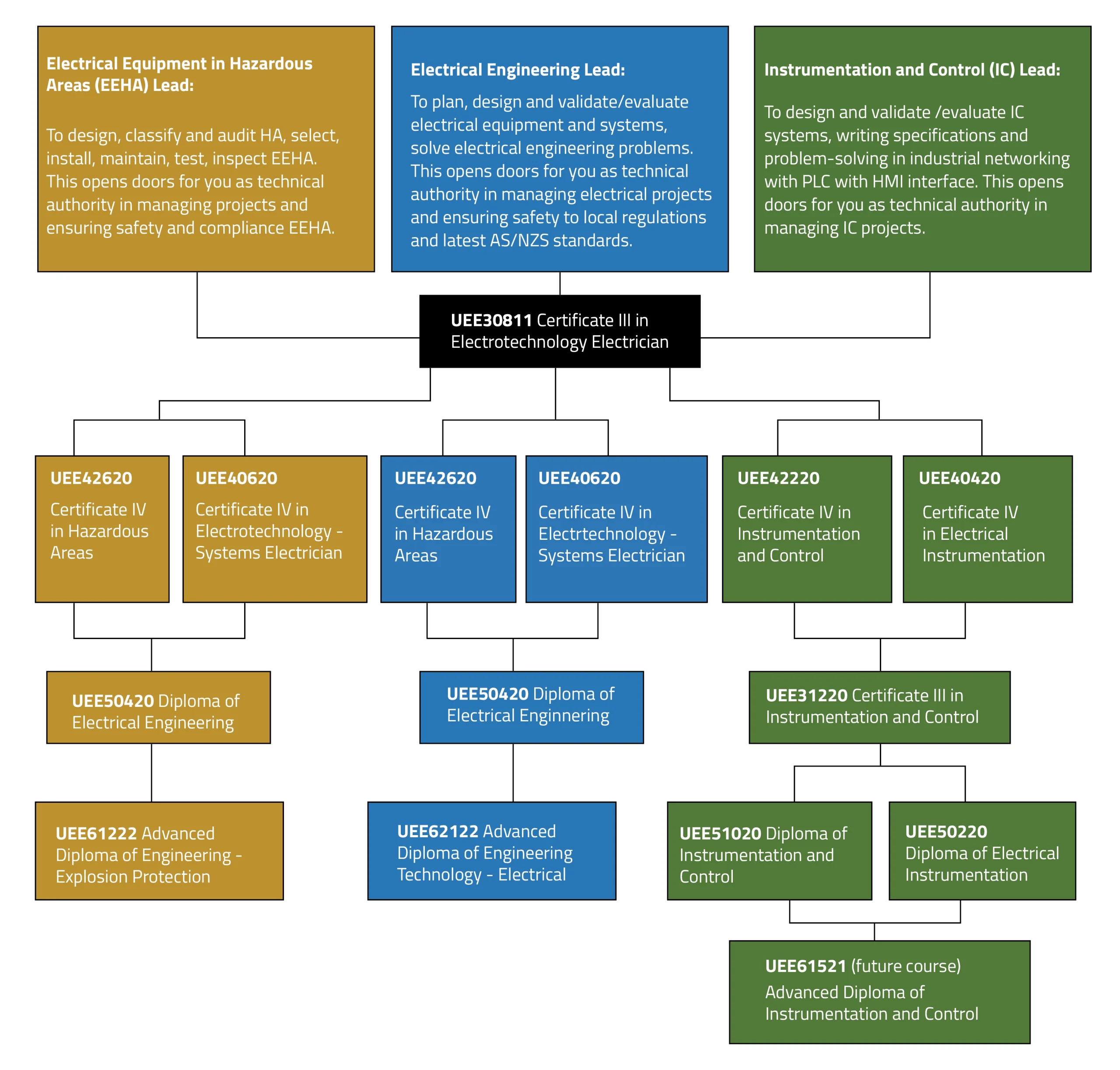Getting My Roar Solutions To Work
Wiki Article
Some Known Incorrect Statements About Roar Solutions
Table of ContentsThe Only Guide for Roar SolutionsThe Roar Solutions IdeasExcitement About Roar Solutions
In order to protect installations from a potential surge a method of evaluating and classifying a potentially hazardous location is required. The purpose of this is to make certain the correct option and installation of devices to eventually prevent a surge and to make certain safety of life.
(http://prsync.com/roar-solutions/)
No devices must be set up where the surface temperature of the equipment is more than the ignition temperature of the given threat. Below are some common dust unsafe and their minimal ignition temperature. Coal Dust 380C 225C Polythene 420C (melts) Methyl Cellulose 420C 320C Starch 460C 435C Flour 490C 340C Sugar 490C 460C Grain Dust 510C 300C Phenolic Material 530C > 450C Aluminium 590C > 450C PVC 700C > 450C Soot 810C 570C The chance of the risk being existing in a concentration high sufficient to create an ignition will certainly differ from area to place.
In order to classify this risk an installment is split into areas of threat relying on the quantity of time the harmful is present. These areas are described as Zones. For gases and vapours and dusts and fibres there are 3 areas. Area 0 Zone 20 A dangerous atmosphere is very likely to be present and may exist for extended periods of time (> 1000 hours annually) or perhaps continuously Zone 1 Area 21 An unsafe atmosphere is possible but not likely to be existing for long periods of time (> 10 450 C [842 F] A classification of T6 suggests the minimal ignition temperature is > 85 C [185 F] Harmful area electric tools possibly created for use in greater ambient temperatures. This would indicated on the rating plate e.g. EExe II C T3 Ta + 60C( This implies at 60C ambient T3 will not be surpassed) T1 T1, T2, T3, T4, T5, T6 T2 T2, T3, T4, T5, T6 T3 T3, T4, T5, T6 T4 T4, T5, T6 T5 T5, T6 T6 T6 A T Course rating of T1 implies the optimum surface temperature level produced by the tool at 40 C is 450 C. Assuming the connected T Class and Temperature rating for the devices are suitable for the location, you can always utilize an instrument with a more stringent Division rating than needed for the area. There isn't a clear solution to this concern unfortunately. It actually does depend on the kind of tools and what repair work need to be performed. Tools with certain test procedures that can not be carried out in the field in order to achieve/maintain third celebration ranking. Have to come back to the manufacturing facility if it is before the devices's solution. Field Repair Service By Authorised Employee: Challenging screening might not be needed nonetheless specific treatments may need to be adhered to in order for the find more info tools to maintain its 3rd party score. Authorised employees must be employed to do the job properly Fixing need to be a like for like substitute. New element must be taken into consideration as a straight substitute requiring no unique screening of the tools after the repair service is total. Each item of tools with a hazardous rating need to be evaluated individually. These are laid out at a high degree listed below, but also for even more comprehensive details, please refer directly to the standards.
The Best Guide To Roar Solutions
The tools register is a detailed data source of tools documents that consists of a minimum collection of fields to identify each product's place, technical parameters, Ex category, age, and environmental data. The proportion of Thorough to Shut examinations will certainly be determined by the Equipment Threat, which is analyzed based on ignition risk (the possibility of a resource of ignition versus the likelihood of a combustible atmosphere )and the harmful location classification( Zone 0, 1, or 2). Executing a robust Risk-Based Examination( RBI )technique is essential for guaranteeing compliance and safety in taking care of Electrical Devices in Hazardous Locations( EEHA).
An Unbiased View of Roar Solutions

In terms of explosive risk, a dangerous area is an atmosphere in which an eruptive ambience exists (or might be anticipated to be present) in amounts that need special safety measures for the building, installment and usage of devices. eeha certificate. In this write-up we discover the difficulties dealt with in the office, the danger control steps, and the required expertises to function safely
It is an effect of modern life that we manufacture, save or manage a variety of gases or fluids that are deemed combustible, and a series of dusts that are regarded flammable. These compounds can, in specific problems, develop eruptive ambiences and these can have significant and awful effects. A lot of us know with the fire triangular remove any type of one of the 3 aspects and the fire can not take place, but what does this mean in the context of unsafe areas? When damaging this down into its easiest terms it is essentially: a mix of a certain quantity of release or leak of a particular compound or product, blending with ambient oxygen, and the visibility of a resource of ignition.
In a lot of circumstances, we can do little concerning the levels of oxygen airborne, yet we can have substantial influence on sources of ignition, for instance electrical equipment. Harmful locations are recorded on the harmful area category illustration and are identified on-site by the triangular "EX-SPOUSE" sign. Below, among various other essential info, zones are split right into 3 types depending upon the danger, the probability and duration that an explosive atmosphere will certainly exist; Zone 0 or 20 is considered one of the most hazardous and Area 2 or 22 is regarded the least.
Report this wiki page